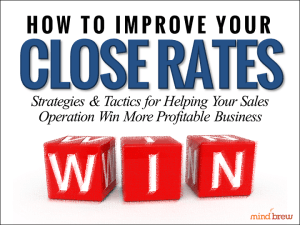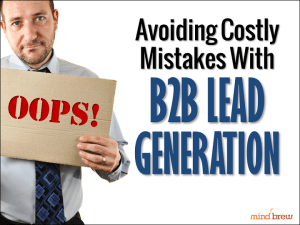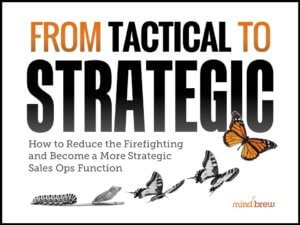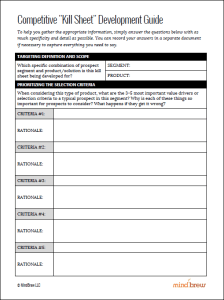Whenever we conduct a live webinar, there are usually a few questions that come in long after the session is over. Of course, we answer these post-session questions via email. And in a way, it’s somewhat unfortunate…because everyone else misses out on hearing some really interesting stuff!
For example, a few days after a webinar about increasing close rates, an attendee sent me this very intriguing and provocative question:
“Can close rates ever be too high? Is that a thing?”
As soon as I read the question, I performed an involuntary Homer Simpson impression…”Doh!”…and immediately admonished myself for not addressing the issue in the live webinar session. Here’s why…
The answer is absolutely and emphatically, yes! It’s certainly possible for close rates to be too high and it’s definitely “a thing”.
In the webinar session, we talked about how really low close rates can be signals or symptoms of other things. We discussed how low close rates might be indicative of inaccurate prospect targeting, weak or undifferentiated sales messaging, poor sales skills development, uncompetitive offerings and pricing levels, etc.
Well, on the other end of the spectrum, close rates that are really high can also be signals or symptoms of other things. But obviously, super high close rates will be indicative of very different things than really low close rates.
For example, really high close rates might be telling you that:
- Your pricing is too low and you’re leaving money on the table. You might be able to raise your prices without a commensurate impact to volumes and see a massive increase in profitability.
- You’re not investing enough in marketing and lead generation. You could likely tolerate a bit more “waste” in your efforts to reach a bigger portion of your addressable market.
- Your qualification criteria are too tight or too time-bound. Similar to the point above, you could likely sacrifice a little sales efficiency in the interest of effectively cultivating more prospects who aren’t quite ready.
Of course, these things could also be mutually reinforcing or contributing to each other. In other words, your pricing could be so low that the sales you win can’t generate enough profit to be able to market more broadly, or invest more in sales resources for longer-term prospect cultivation. In this case, you’ll need to approach it in a step-wise fashion—i.e. increase pricing to generate more profit before investing more in marketing and sales.
Now, I do have to point out that while it is definitely possible to have close rates that are too high, it’s a somewhat rare phenomenon. So it’s possible, but it’s not all that probable.
Still, it’s important to recognize that “low” isn’t the only signal you’ll want to pay attention to or be on the lookout for. Very often, a “high” signal can be just as telling.














